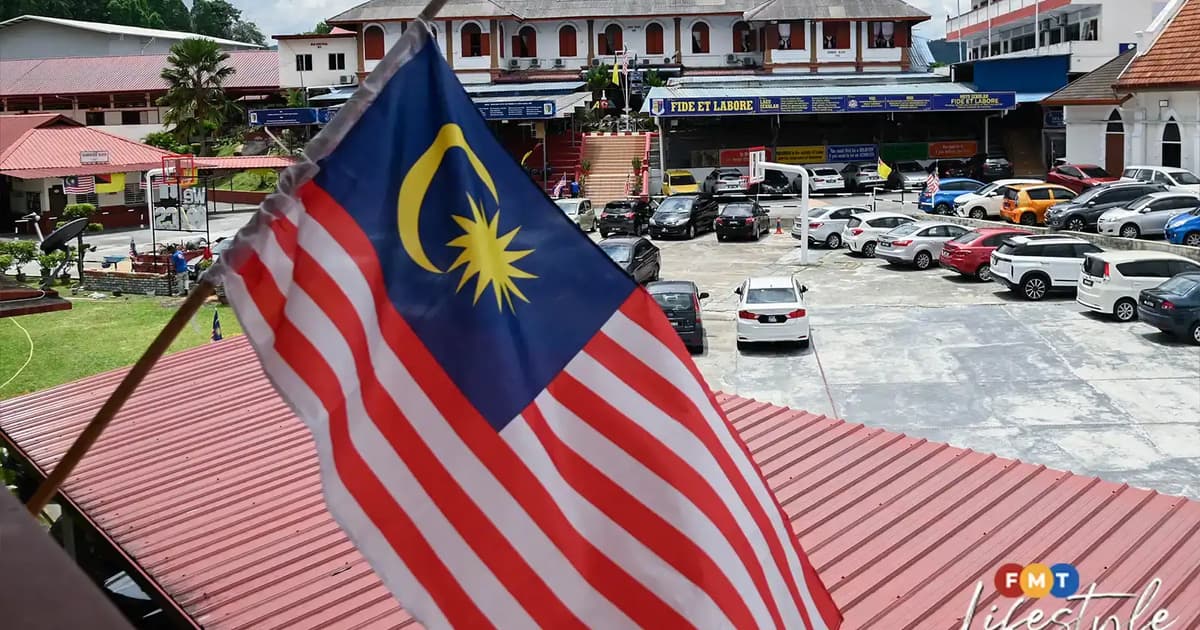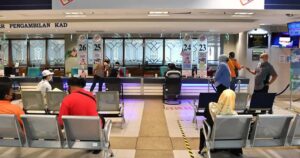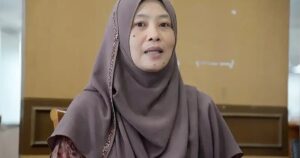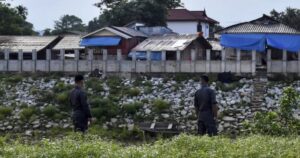
The year was 1950, and it was a day to remember for Rosebud Rebecca Backus. The seven-year-old was stepping into the grounds of Methodist Anglo-Chinese School (ACS) Seremban for her first day of primary school.
She was excited and nervous, not knowing that she would go on to create many wonderful memories there. Her bond with the school lasted long after graduation: she returned as a teacher and an active member of the ACS Old Students’ Association (Acsosa), even serving as its president for 13 years.
Meanwhile, in 1980, a young teacher named Hanimah Nawawi began her own journey at the school. Like Rebecca years before, she felt the thrill of stepping into a new chapter.
Hanimah would go on to teach at the school for just over 36 years before retiring. Even after leaving, she remained involved by helping to organise Acsosa’s reunion dinners.
“My first impression of the school was its multiracial student body – there were Chinese, Indians and Malays,” Hanimah, 69, told FMT Lifestyle recently.
Over the years, she observed students of different races coming together in academic and co-curricular activities. “They loved the school,” she added.
One of her former students, Indrani Thuraisingham, is now the president of Acsosa. “I was in a lot of uniformed clubs, and we used to go camping – Chinese, Indians and Malays together.
“We would pitch tents and cook together,” said Indrani, 56, who is the vice-president and legal advisor of the Federation of Malaysian Consumers Associations.

Rebecca, too, has similar fond memories. Long before gadgets and screens, the 82-year-old – who now sits on the school’s board of governors – spent hours in the school field, playing with friends of all races.
Though separated by time, their experiences reflect the school’s multicultural legacy, where friendships blossomed without barriers and unity was lived long before it became a national ideal.
110 years and going strong
The school’s journey began on Feb 1, 1915, in a shophouse believed to be located on Murray Street (now known as Jalan Kapitan Tam Yeong). Its mission at the time was to provide English education to Chinese children.
The following year, the school moved to its present site. New blocks were added over time, shaping it into the cherished landmark it is today.
The Japanese Occupation cast a dark shadow over the school’s history: it was temporarily closed when the premises were seized and turned into a Japanese operation centre.
The school reopened when one courageous teacher, AT Kulasingham, stepped forward and persuaded the Japanese to reinstate its operations. But within three months, it was forced to close again when the premises was converted into a centre for teaching Japanese language.
In 1944, its role changed once again when the Japanese began using it as a civil law court.
The end of the war brought a new dawn when the school reopened and resumed its original and true calling – education. While it had initially been established for Chinese children, its classrooms welcomed students of all races, reflecting the rich diversity of the community it served.

Indeed, Methodist ACS Seremban became a cradle of learning, where young minds – from kindergarten to secondary school – were shaped. Many went on to leave their mark on society in meaningful ways.
Among them are Bukit Kepayang assemblyperson and Negeri Sembilan tourism, arts and culture committee chair Nicole Tan; and Ahmad Dzaffir Yusoff, Negeri Sembilan’s former police chief. Many others have also contributed in their own ways to the community.
Acsosa now hopes to further give back through Rumah Acsosa, a community and learning centre aimed at uplifting students from B40 communities through academic support, digital access, and holistic development.
According to Indrani, the centre will be open to children from the school and its surrounding areas. Last month, at the 79th Acsosa annual reunion dinner, a year-long campaign was launched to raise RM980,000 for Rumah Acsosa.
Additionally, a commemorative coffee table book, “ACS, A Beacon Bright: 110 years in Seremban” was launched by Acsosa during the dinner, with proceeds going towards the fundraising campaign.

The dinner’s organising committee was chaired by Rebecca, while the book was compiled and authored by her son, Ron Jeyathurai Backus. Despite not being an alumnus of the school, Ron, who studied at St Paul’s Institution, shared that he has been helping his mother with alumni activities since he was seven.
“My aim with the book is to draw the history of the school into the narrative of Seremban’s past, weaved with other mission schools like St Paul’s Institution, Convent Seremban, and King George V.
“To know Seremban is to know ACS and these mission schools,” said Ron, 33, an independent researcher.
Truly, the school is a testament to how mission schools shaped both education and unity in the community. In many ways, its journey mirrors Malaysia’s own: diverse communities coming together, building bonds, and shaping a shared future.
“I hope the school continues to play a role in the community, and that students of various races will always remember to come together in unity,” Rebecca concluded.
‘ACS, A Beacon Bright: 110 years in Seremban’ is priced at RM80. To purchase, contact Rebecca at 012-3800143.






